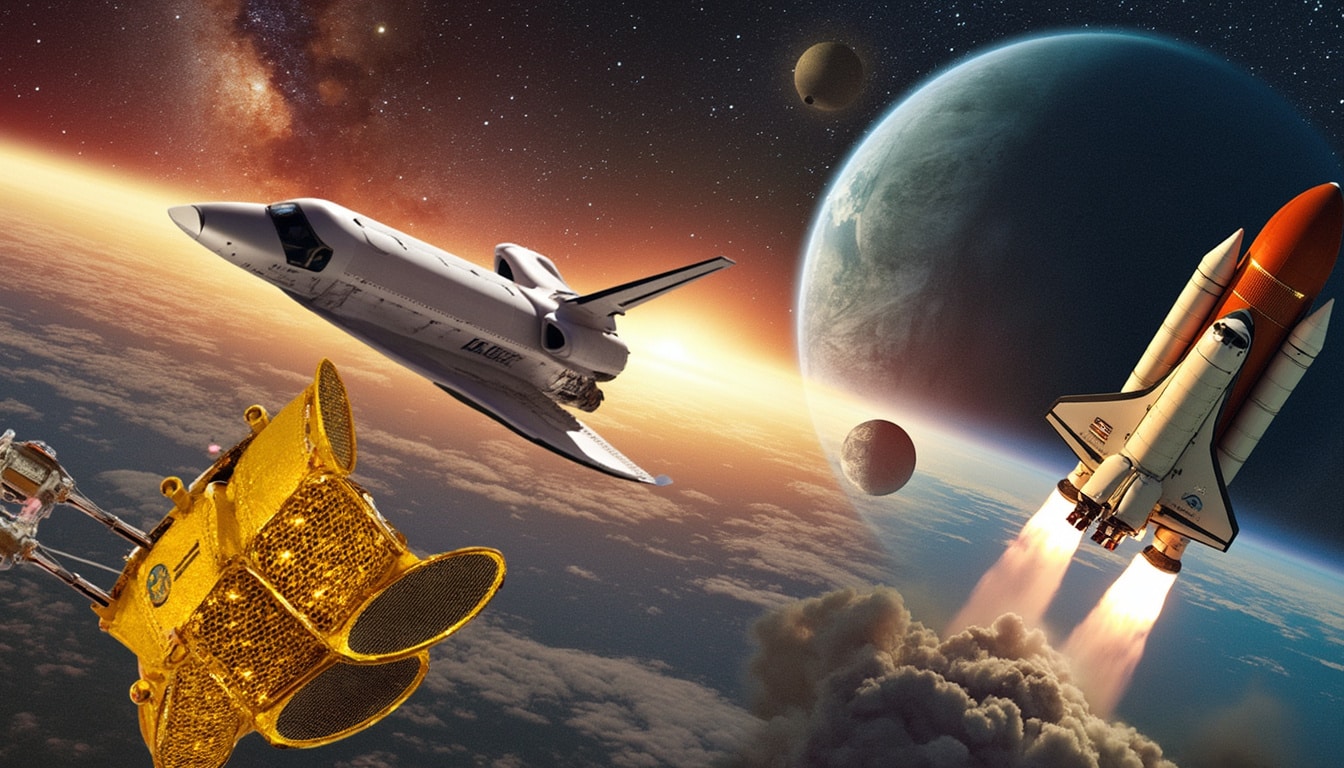The recent announcement of the resignation of NASA Administrator Bill Nelson has sent ripples through the space community. His resignation comes at a crucial time, as the agency is poised for significant advancements in space exploration. Nelson’s letter to his successor emphasizes the importance of continuity and resilience in leadership, particularly with ambitious missions like Artemis and the goals to return humans to the Moon and Mars. His tenure, marked by notable achievements, highlights the need for strategic planning and collaboration in the ever-evolving landscape of space exploration.
The Legacy of Bill Nelson at NASA
Bill Nelson’s time at NASA was characterized by pivotal developments and a renewed focus on lunar and Martian exploration. Appointed during the Biden administration, Nelson brought a wealth of experience from his long political career and a personal history as a space flight participant. Under his guidance, NASA launched several critical missions aimed at furthering our understanding of the universe. Beyond the science, Nelson’s leadership was instrumental in fostering a culture of innovation and collaboration within the agency.

Key Missions Launched
During Nelson’s tenure, NASA saw the successful launch of the Artemis I mission, which marked a critical first step towards returning humans to the Moon under the Artemis program. This uncrewed flight was a testament to the hard work of thousands of scientists and engineers at NASA and its commercial partners. Furthermore, the launch of the James Webb Space Telescope, the most advanced telescope to date, set the stage for groundbreaking discoveries in astrophysics. These initiatives provided a strong foundation for future missions, including Artemis II and III, despite challenges faced along the way.
Nelson’s era also encompassed the historic delivery of eight commercial crew missions to the International Space Station via SpaceX Dragon capsules. These missions not only demonstrated the capabilities of private industry in space transport but also revitalized America’s standing in international space involvement. Each launch was a reminder of the potential for.public-private partnerships to accelerate technological advancements and foster innovation.
The Future of NASA Post-Nelson
The future of NASA now lies in the hands of the incoming administrator, likely Jared Isaacman, who is also an ally of SpaceX and a well-known figure in commercial space travel. As speculation rises surrounding Isaacman’s leadership style and priorities, it is crucial to reflect on how his potential governance might affect ongoing projects and ambitious agendas. Maintaining momentum in programs like Artemis will demand focus and tenacity, especially considering the hurdles that consistently appear in space exploration.

Challenges Ahead
Indeed, the challenges are profound. For instance, there have been delays in the Artemis III mission, originally slated for 2025 but now extended due to various technical and budgetary constraints. These complications highlight the precarious nature of space exploration, where ambitious timelines can quickly be derailed. Moreover, the increasing budget concerns raise questions about the financial feasibility of future projects. Isaacman, as a businessman, may face pressure to streamline operations and prioritize cost-effective solutions while not sacrificing ambition.
Building on the solid groundwork laid by Nelson will be crucial for Isaacman. As noted by Nelson, ‘We are merely temporary stewards of this extraordinary space agency.’ This sentiment underscores the need for continuity and progressive vision in the leadership role. The Artemis program not only serves national interests but has global implications, as international partnerships may play a crucial role in the agency’s future.
The Role of International Partnerships in Space Exploration
Space exploration is increasingly becoming a collaborative effort, necessitating partnerships beyond borders. NASA has historically worked with various space agencies, fostering a spirit of collaboration aimed at unlocking the universe’s mysteries. Under Nelson, astronaut collaborations with ESA, JAXA, and other international entities reinforced this commitment to shared knowledge and resources.

Future Collaborations
The Artemis program, particularly Artemis II and III, aims to use a multi-national approach to achieve its goals. As the lunar missions transition into Martian exploration, the expertise of various nations will prove invaluable. International partnerships are not merely beneficial; they are essential for sharing risks, costs, and advancing technology that can benefit humanity as a whole. The upcoming leadership will have a pivotal role in maintaining and nurturing these relationships.
Closing Thoughts on NASA’s Direction
In light of the recent changes in leadership at NASA, one can only speculate on the direction the organization will take. The entire space community will be watching the upcoming decisions closely. There is a hope for steady progress, fueled by the innovative spirit that characterizes NASA. Bill Nelson’s call for continuity may very well serve as the bedrock for future successes, ultimately ensuring that humanity continues to reach for the stars.




Leave a Reply